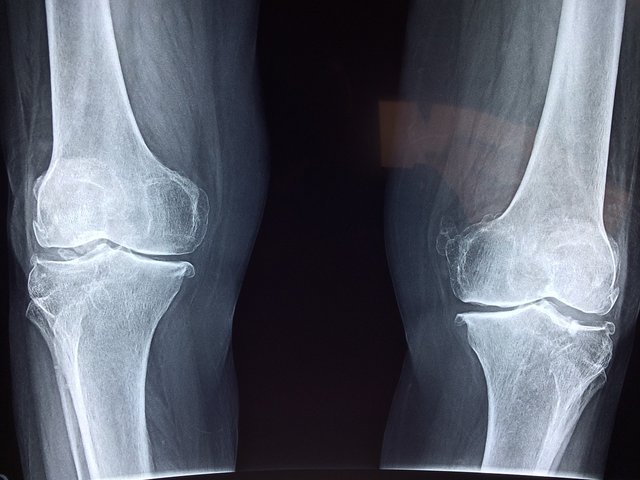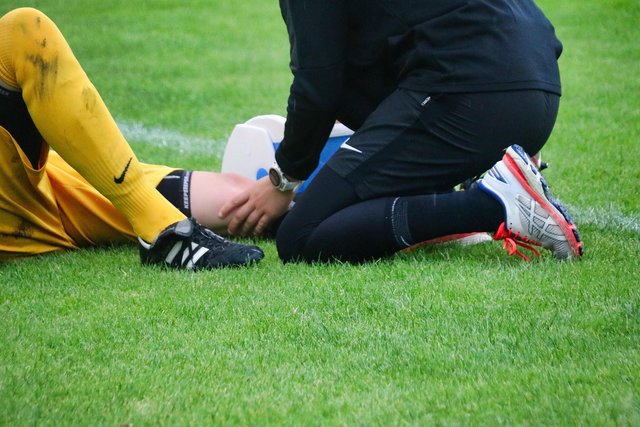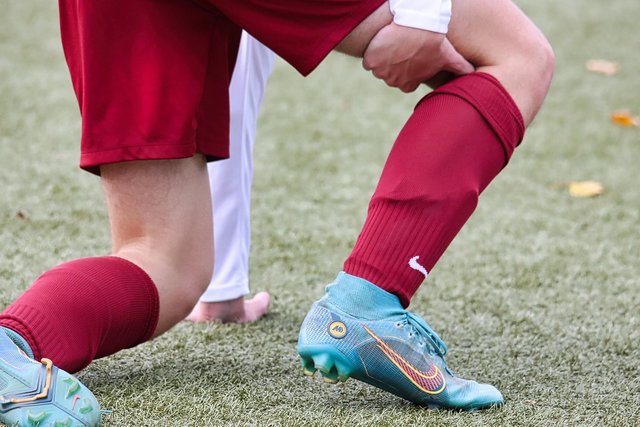Contest Alert ⚠️ "Osteoporosis"
What do u understand by osteoporosis?
If bones break from less pressure, it's actually a sign of osteoporosis so when your body is missing bone or your bones are being used excessively, I will say its osteoporosis. Therefore, the areas around the hips, spine and wrists normally end up with weak and fragile bones. Since osteoporosis has few noticeable symptoms, it is called a silent condition.
Most of the time, it happens to people over 50 and surprisingly, more in postmenopausal women whose estrogen levels drop. Some more risk factors are aging, genes, eating too little calcium, not exercising enough, smoking and drinking alcohol in large amounts. A bone density test is generally used for the initial diagnosis. Doctors may give medicine, suggest changes to your diet, suggest you take supplements and promote exercises that strengthen bones to stop the risk of fractures.
Write some common causes of it.
The disease can happen when any of several things affect the normal processes of building bone or removing it. The process of aging is a major factor because bone density naturally decreases with time. After menopause in women and a drop in testosterone in men, hormonal changes cause bones to weaken. Eating too few foods with calcium and vitamin D can make the bones weaker. Lack of exercise, cigarette smoking and too much alcohol consumption are habits that boost the risk. There are medicines, for example corticosteroids and anticonvulsants, that may reduce bone strength. And if your body has hyperthyroidism, rheumatoid arthritis or even some gastrointestinal problems, these can actually lead to deficiency. Genetics may also affect bone density which can increase a person’s chances of developing osteoporosis if there is osteoporosis in the family.
How can you diagnose it or its symptoms?
People may not notice osteoporosis until a bone is broken, so it receives the nickname “silent disease.” Among the signs are back pain, shrinking height, becoming hunched and having fragile bones mostly in the spine, hip or wrist. Most often, doctors use dual-energy X-ray absorptiometry (DEXA or DXA) to check for bone density impact. A scan is actually safe and simple and it's compares your bone mineral to set guidelines. Different blood and urine tests may be needed to find out if other things are causing the symptoms. Preventive screening is more important for high-risk women and older people, who should arrange it early if they can.
Its treatment and prevention?
Both treatment and prevention exist to boost bone strength and reduce the probability of a break. Both bone loss and low density can be treated by using bisphosphonates, hormone replacement therapy or selective estrogen receptor modulators (SERMs). Anabolic drugs may be recommended by a doctor to build bones. By getting sufficient calcium and vitamin D, your bones are kept safe. Activities that require you to battle gravity such as walking, jogging or lifting weights, make your bones and balance stronger which helps you avoid falling.
And reducing smoking and alcohol may also improve your bone health. Good prevention means making healthy choices, getting regular exercise and avoiding things that might be bad for you. It is a good idea to regularly test bone density in seniors or those more prone to thinning bones which allows early identification and helps reduce the risk of fractures.
Thanks for reading my post I'm inviting @abdullahw2,
@ninapenda and @mesola to participate in this contest.



https://x.com/entity673865/status/1928874877412376937?t=K7gek3FVtySacQeO1XMkTw&s=19